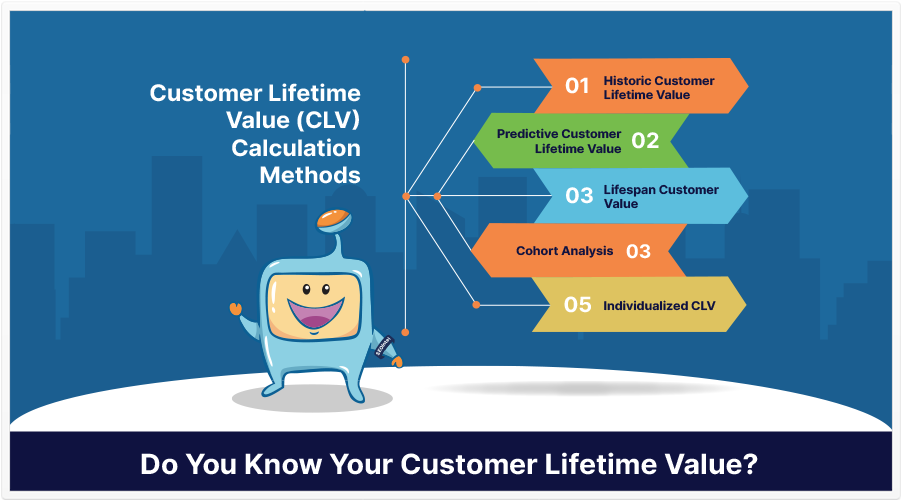
Customer Lifetime Value (CLV), or otherwise stated as lifetime customer value, is basically how much a customer brings to you (usually financially) over the lifetime or duration of their patronage.
As a side note, I should say that CLV in Google Analytics 4, on a technical level, doesn’t necessarily match the generally accepted marketing definition of CLV.
What do I mean?
Well, CLV, at least as Wikipedia defines it, is primarily a future projection. However, in GA4, CLV is more of an up-till-today metric. It measures CLV from first initial interaction until today. So, it’s more of an aggregate than a projection.
That said, there is overlap between the two, as some of GA4’s features utilize predictive metrics. And with a little bit of math, using the data you get from GA4, you can determine the future lifetime value of a customer.
Of course, value can be measured in ways other than finances, but let’s just focus on the financial aspect for now.
Just recently, on the Google Analytics Twitter channel, there was a tweet about this.
In GA4, this is known as the User Lifetime technique.
As its name implies, it’s a technique, or approach for determining the lifetime value (at least up to the current date) of a customer.
2 Main Methodologies
Now, this technique has a couple of different methodologies, and depending on which one you use, you may get a different CLV, even if you’re measuring the CLV of the same customer.
These are the user-ID-device method (or user ID, then device) and the device-only method.
(And if you think about it, the naming of these makes sense: some people sign in, in which case their user ID is identified, and others, even the same user later on, may not sign in, but their device may be identified.)
But, You’re Not Just Limited to Core CLV
With CLV and other data, you can discover some great insights. Here’s one:
If you’ve done a number of campaigns (and kept track of them, of course, using GA4), you can identify which campaign(s) brought you the users with the highest CLV.
Interactions and Predictive Metrics
There are a number of data types within CLV, but the ones I’d like to highlight are initial interactions, most recent interactions, lifetime interactions, and predictive metrics.
Initial interactions have to do with…you guessed it…the first time a user was detected on your page or app.
Most recent interactions are just that: what occurred most recently.
Lifetime interactions are an aggregate of what was done over time.
Predictive metrics are based on machine learning. It tries to use the past, as well as some algorithms, to predict the possibility of what might occur in the future.
Forecasting Lifetime Customer Value Is Pretty Simple
Let’s say you use GA4 to calculate CLV. If you want to forecast how valuable that customer will be over the next X # of years, you just need some simple math.
If you’ve had a customer for 8 months, then to determine how valuable they’ll be for the next 5 years, then in this case, a year is 8 months times 1.5. You then multiply that number by 5, and you have your projection.
(Of course, this is assuming that they’ve purchased at regular intervals over the past 8 months. If, for example, this customer hasn’t had their first Christmas with your business, and you know that customers purchase more frequently during the holidays, then you’ll have to take that into consideration.)
Why Determine CLV?
If you know how much, on average, a customer is worth to you in one year (or one month, or whichever time interval you use), you know how much you can invest (in advertising, marketing, outreach, etc.) to gain a customer.
That’s why CLV is such a powerful metric. It can tell you how fast you can grow your business.
Source: Google Analytics Twitter channel